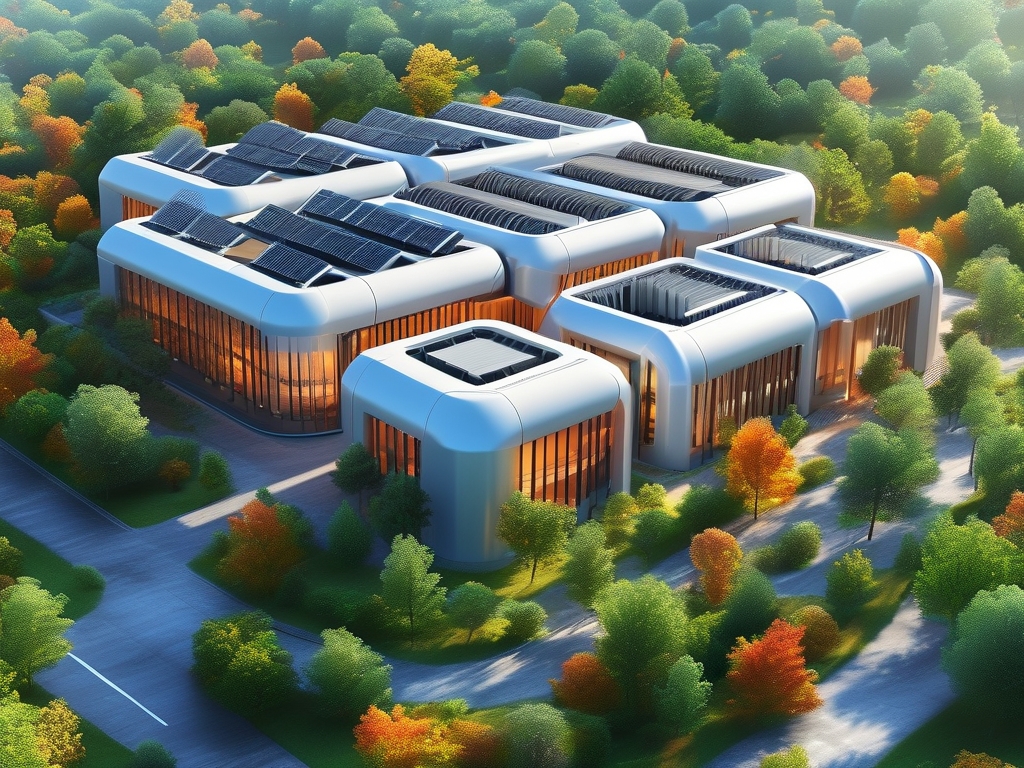In the era of digital transformation, organizations increasingly rely on systems that balance performance, scalability, and resource efficiency. Lightweight distributed architecture has emerged as a pivotal solution, addressing the limitations of monolithic systems while enabling agility in modern computing environments. This article explores the principles, benefits, and implementation strategies of lightweight distributed architectures, demonstrating their role in driving innovation across industries.

1. The Evolution of Distributed Systems
Traditional monolithic architectures, while simple to deploy, struggle to meet the demands of today's dynamic workloads. Their centralized nature often leads to bottlenecks, scalability challenges, and high operational costs. The shift toward distributed systems began with the rise of cloud computing, microservices, and containerization, which prioritized modularity and horizontal scaling. Lightweight distributed architectures take this further by minimizing resource overhead, optimizing communication protocols, and emphasizing decentralized decision-making.
2. Core Principles of Lightweight Distributed Architecture
A lightweight distributed architecture is defined by several key principles:
- Decentralization: Unlike centralized systems, components operate autonomously, reducing single points of failure.
- Minimal Resource Footprint: Services are designed to consume minimal CPU, memory, and bandwidth.
- Asynchronous Communication: Messaging protocols like MQTT or gRPC enable efficient data exchange without blocking operations.
- Elastic Scalability: Systems automatically scale based on demand, leveraging cloud-native technologies such as Kubernetes.
- Fault Tolerance: Redundancy and self-healing mechanisms ensure resilience against hardware or network failures.
3. Advantages Over Traditional Models
The adoption of lightweight distributed architectures offers transformative benefits:
- Cost Efficiency: Reduced infrastructure requirements lower operational expenses. For example, edge computing devices with limited resources can run lightweight services without expensive hardware.
- Enhanced Performance: By distributing workloads across nodes, latency is minimized, and throughput is maximized.
- Agility: Modular components allow rapid updates and experimentation, critical for DevOps practices.
- Global Accessibility: Geographically dispersed nodes improve user experience through localized data processing.
4. Key Technologies Enabling Lightweight Distribution
Several technologies form the backbone of this architecture:
- Containers and Orchestration: Docker and Kubernetes simplify deployment and management of distributed services.
- Serverless Computing: Platforms like AWS Lambda execute code without provisioning servers, aligning with lightweight principles.
- Edge Computing: Processing data closer to the source (e.g., IoT devices) reduces reliance on centralized data centers.
- Lightweight Protocols: MQTT and CoAP optimize communication for low-power devices, ideal for IoT ecosystems.
5. Challenges and Mitigation Strategies
While promising, lightweight distributed architectures introduce complexities:
- Network Latency: Asynchronous workflows and edge caching can mitigate delays.
- Security Risks: Decentralization expands attack surfaces, requiring robust encryption and zero-trust frameworks.
- Consistency Management: Eventual consistency models (e.g., CRDTs) help reconcile data across nodes without sacrificing performance.
- Tooling Maturity: Emerging tools like Istio for service meshes are bridging gaps in observability and governance.
6. Real-World Applications
Industries are leveraging lightweight distributed architectures to solve critical challenges:
- IoT and Smart Cities: Thousands of sensors collect and process data locally, reducing cloud dependency.
- Financial Services: High-frequency trading systems use distributed nodes to execute transactions in milliseconds.
- Healthcare: Wearable devices analyze patient data in real time, enabling proactive care.
- E-Commerce: Scalable backend services handle peak traffic during sales events without downtime.
7. Future Trends
The future of lightweight distributed architectures will be shaped by:
- AI-Driven Automation: Machine learning optimizing resource allocation and fault detection.
- 5G Integration: Ultra-low latency networks enabling real-time distributed applications.
- Quantum Readiness: Architectures adapting to quantum computing's decentralized nature.
- Sustainability Focus: Energy-efficient designs aligning with global green IT initiatives.
Lightweight distributed architecture represents a paradigm shift in system design, offering unparalleled scalability, efficiency, and resilience. By embracing decentralized models and cutting-edge technologies, organizations can future-proof their infrastructure while meeting evolving user demands. As the digital landscape grows more complex, the ability to distribute workloads intelligently-without sacrificing speed or cost-will remain a cornerstone of technological innovation.









